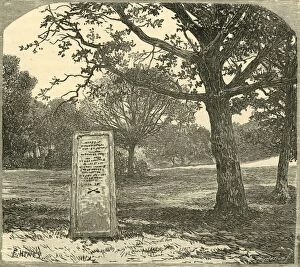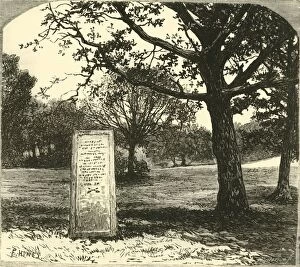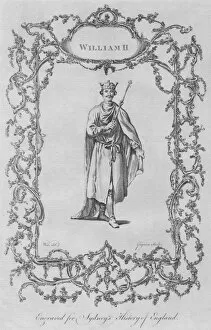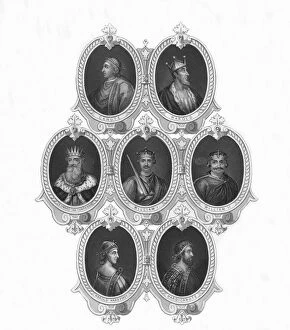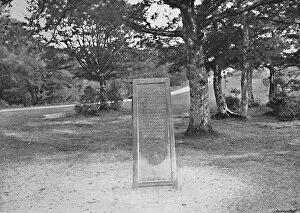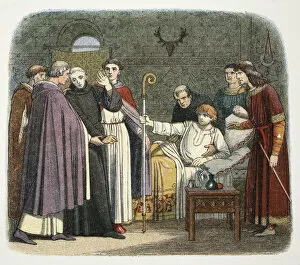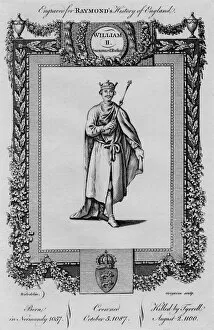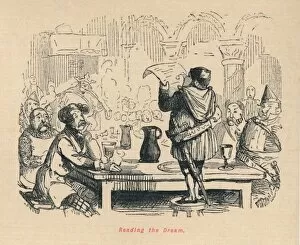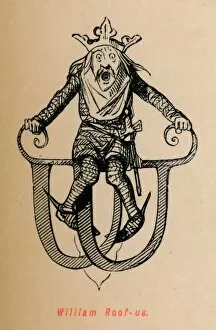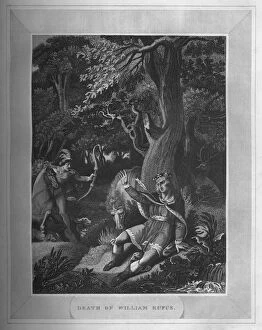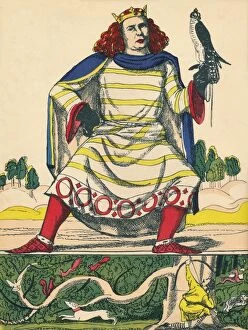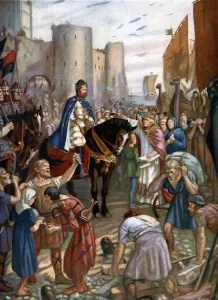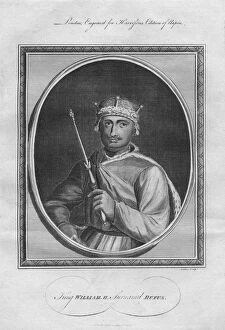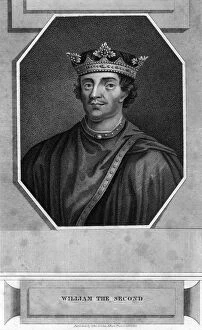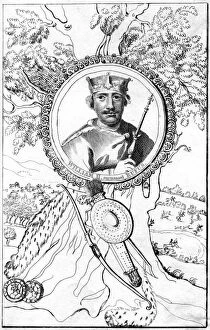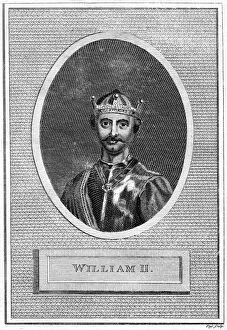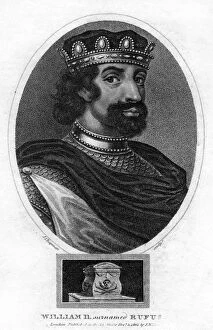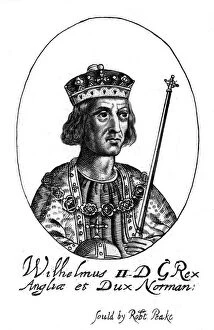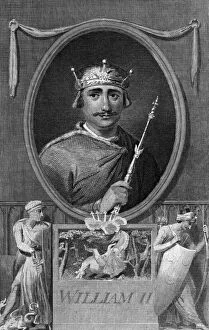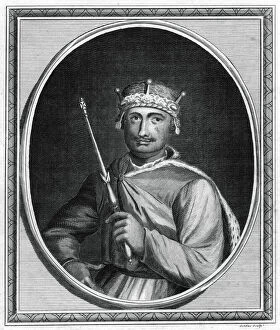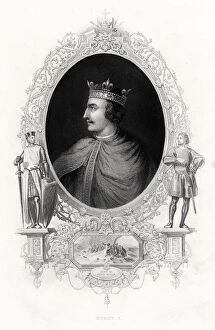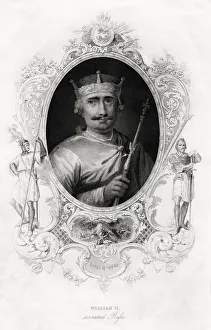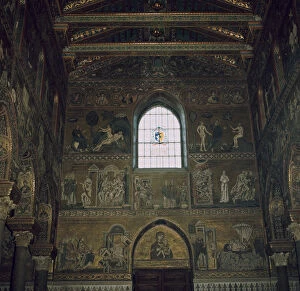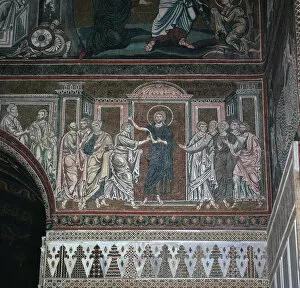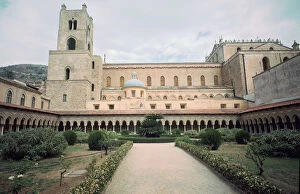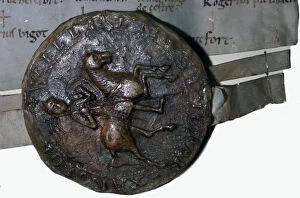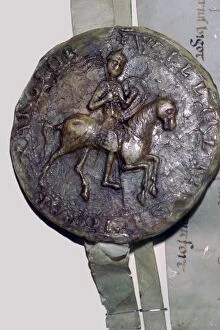King William Rufus Collection
"King William Rufus: A Controversial Monarch and His Mysterious Demise" Intrigue surrounds the enigmatic figure of King William Rufus
All Professionally Made to Order for Quick Shipping
"King William Rufus: A Controversial Monarch and His Mysterious Demise" Intrigue surrounds the enigmatic figure of King William Rufus, whose reign as William II from 1087 to 1100 left a lasting mark on English history. The Rufus Stone, an ancient monument shrouded in legend, stands as a testament to his untimely demise. The portraits that depict this formidable ruler offer glimpses into his persona. From the striking portrayal in the Rufus Stone of 1898 to the mysterious rendering of William II in 1830, artists have sought to capture his essence. Even ancient coins bear witness to his image, showcasing him through time. One cannot discuss King William Rufus without mentioning the New Forest's infamous Rufus Stone. Its presence evokes curiosity and speculation about what truly transpired on that fateful day when an arrow pierced through him while hunting deer. Was it an accident or something more sinister? James William Edmund Doyle's poignant artwork depicts the tragic death of England's king in 1864, reminding us of the enduring mystery surrounding this event. Meanwhile, Anselm's appointment as Archbishop by William II in 1093 signifies their complex relationship and political maneuvering. Throughout history, scholars have debated whether King William Rufus was a tyrant or simply misunderstood. Alfred Crowquill's depiction from 1856 portrays him with a sense of authority and power befitting a monarch who ruled during tumultuous times. Yet amidst all these portrayals lies John Leech's "Reading the Dream, " which hints at another facet of this enigmatic ruler – his dreams and aspirations for England under his rule. It prompts us to ponder if there was more beneath King William Rufus' controversial exterior than meets the eye. As we delve into historical accounts and artistic interpretations spanning centuries like Poulton & Co.

